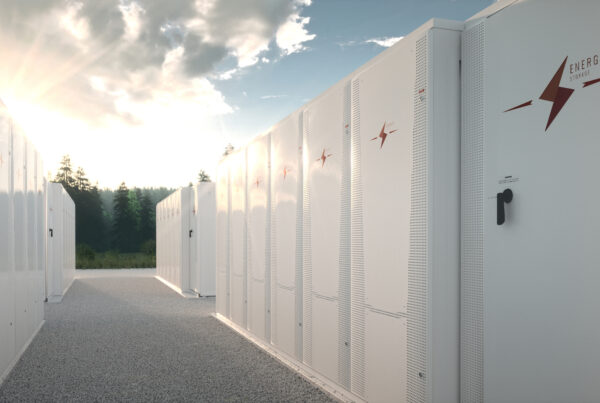
This report presents Aurora’s analysis of the announced Ten Point Plan for a Green Industrial Revolution, as well as our views on implications for the future GB power system.
Key insights from the analysis include:
- The CO2 emissions reductions targeted in the plan could reduce UK emissions by 5% for 2023-2032 compared with existing policies
- However, this will not be enough to stop the UK exceeding its 4th and 5th carbon budgets
- Commissioning enough offshore wind to reach 40GW by 2030 remains a challenging target, and will require 4GW of deployment a year in the late 2020s, 4 times the historical average
- Hydrogen is likely to be a necessary part of a net zero emissions system
- We agree with the government’s estimate that their target of 5GW by 2030 will need about £4bn of private investment
- We think the government’s estimated saving of 41MtCO2 between 2023 and 2032 is plausible if mostly blue hydrogen (from methane reformation) is produce
- Blue hydrogen production capacity is likely to see higher utilisation (and hence more emissions savings per GW) than green hydrogen from electrolysis
- The government has yet to confirm a funding approach for new large-scale nuclear, but bringing online the two next most likely projects (Sizewell C and Wylfa) would add 6GW of capacity and could displace 14MtCO2 a year, a third of 2019 power sector emissions
- We estimate that bringing forward the ban on sales of petrol and diesel cars to 2030 could lead to an extra 9m cars going electric and save over 90MtCO2 over their lifetimes
Find out more about how we serve the GB Power market.






